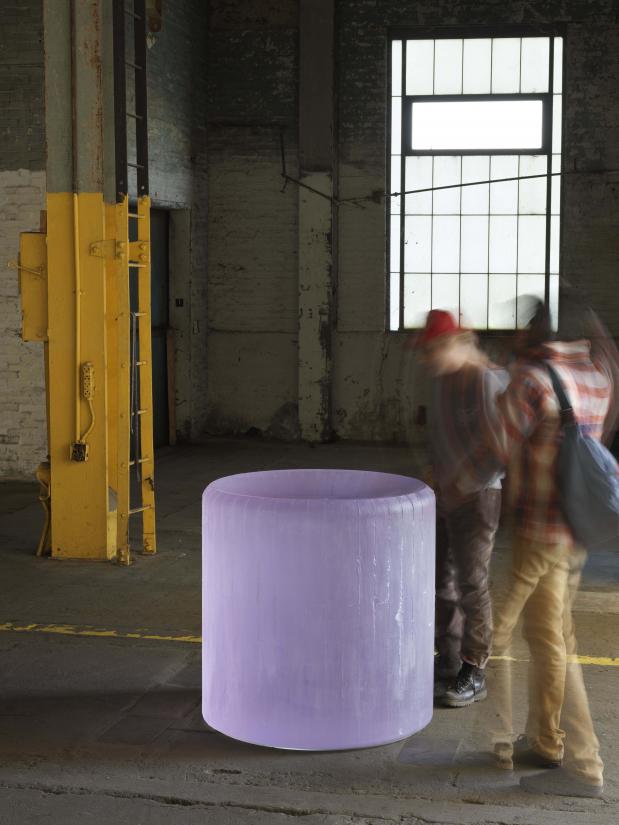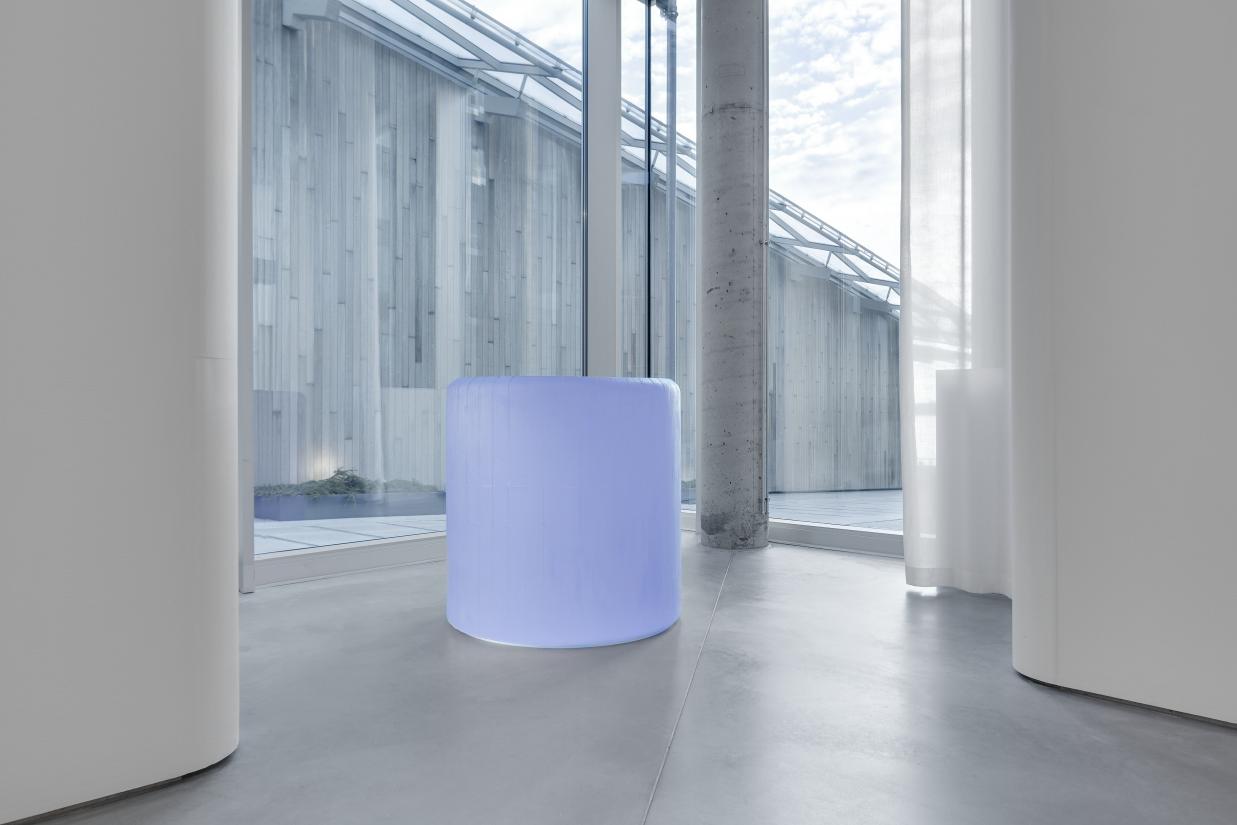Roni Horn’s practice is characterized by the absence of a signature format or medium. All her works are one-offs and are only produced in a single edition. Her works are difficult to purchase, but with funds from the New Carlsberg Foundation, Louisiana has now acquired Horn’s sculpture Untitled (‘The sensation of longing for an eclipse of the moon.’) for its collection.
‘Roni Horn is an exclusive artist’s artist. Her productions are condensed developments in formats and media which she subsequently abandons. Thus, each piece and each series of works have their own insistent character,’ says Louisiana’s executive director, Poul Erik Tøjner.
The New York-based artist’s 40-year-long oeuvre spans photography, text, sculpture, drawing and installation art. In 2009-10, Horn was featured in a comprehensive retrospective exhibition titled Roni Horn a.k.a Roni Horn at Whitney Museum of American Art and Tate Modern, and today, her works are represented in the permanent collections of the Guggenheim , MoMA , Kunstmuseum Basel and others.
Phenomenological nerve
Untitled consists of solid glass in a varying palette of delicate violets that shimmer in the light. The glass is shaped as a cylinder with rounded edges. The surface of the sides is matt and non-transparent, but seen from above, the glass changes character and becomes transparent, to a degree where the material takes on an intangible character, and the cylinder appears as a container with an invisible content. The sculpture thus manages to appear simultaneously solid and fleeting – depending on the beholder’s position.
With a phenomenological approach, Horn produces abstract objects where form and content elegantly fuse into a single expression. In an art history perspective , they lie in extension of 1960s minimalism. In contrast to the minimalists’ static works, however, Horn’s works show a keen awareness of the way the visual appearance of the object is impacted by the surroundings as well as the beholder’s orientation in space.
Poul Erik Tøjner comments,
‘When the object stands luminescent on the floor, it looks like water that is held up and together by an inner pressure. I have watched many people circling these objects, in fascination, in various exhibition spaces – so Horn has definitely struck some sort of phenomenological nerve.’




